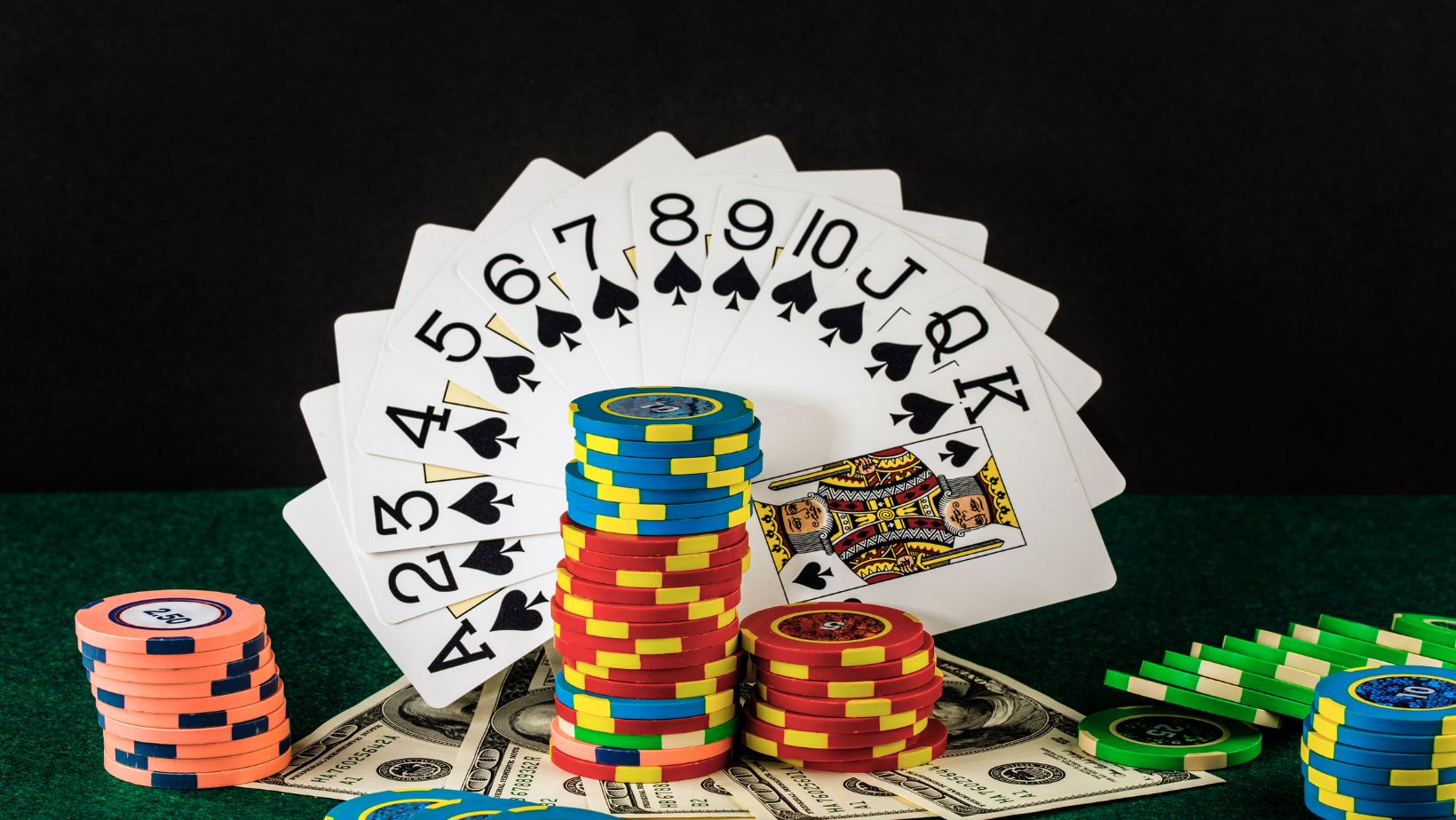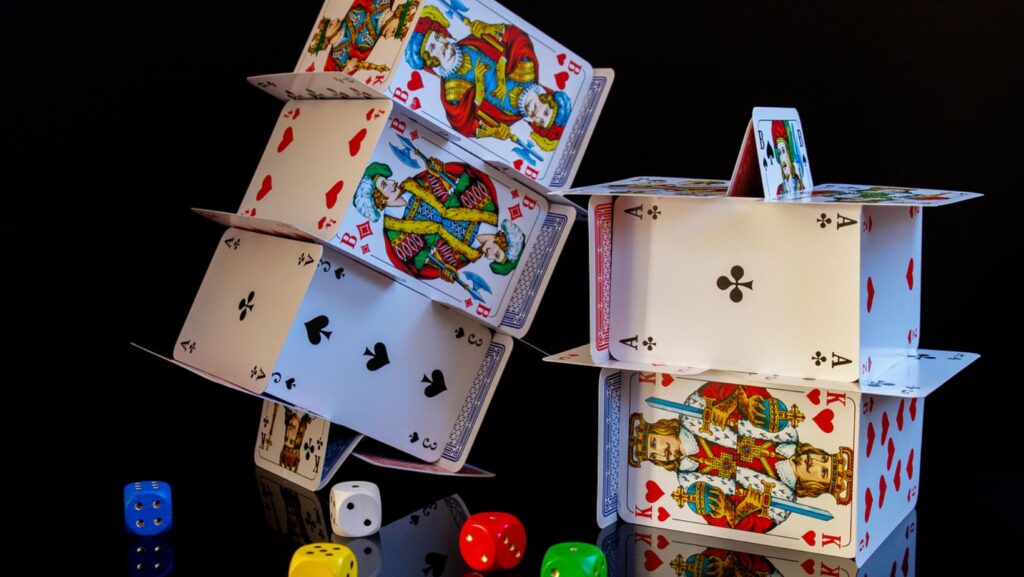Most people don’t think about numbers when they load up a casino site. You see the games, the bonuses, maybe a bit of flashing animation, and you start clicking. It’s easy to forget there’s a built-in system running underneath every spin or card dealt.
It’s not sneaky. It’s just the way casinos are designed. The house edge isn’t about tricking players—it’s baked into the rules. That doesn’t mean you’re doomed, but it does mean you’ll want to know what you’re working with before you throw down real money.
What the House Edge Means
So what is it, really? The house edge is the percentage the casino expects to keep from your bets over time. Let’s say the edge is 3%. That means, out of every $100 played, the casino holds onto around $3 on average. But that’s long-term. You could win $200 in ten minutes or lose everything in five. It swings.
It’s not something you feel right away. In fact, the edge doesn’t care about your streak. It just does its thing quietly. Over time, that margin starts to show, especially if you play the same game for hours or come back to it every day.
If you’re curious about how different games compare—or what versions are out there—you’ll find plenty of options. For example, in the UK, players often explore websites like ukgamblingsitesnotongamstop.com. These sites highlight offshore casinos not tied to the UK’s GamStop exclusion system.
On the other hand, in the US, they have their own evolving regulatory landscape, which shows you how different regions offer varying transparency, restrictions, and platform features—especially when it comes to return-to-player stats or bet structures.
Game by Game: How the House Edge Varies
Slot Machines
Slots are easy to jump into. No real rules to learn, no decisions to make. But they’re also some of the most uneven when it comes to the house edge. Most sit somewhere between 94% and 97% RTP, which means the house keeps 3–6% of your wager over time.
 High-volatility games might pay big but drain your balance quickly, while low-volatility ones give smaller but steadier wins.
High-volatility games might pay big but drain your balance quickly, while low-volatility ones give smaller but steadier wins.
One thing that’s useful: most modern slots include a help section where you can check RTP and bonus mechanics. It’s worth looking before you spin.
Blackjack
Blackjack has the potential to be one of the fairest games—if you stick to proper strategy. When played by the book, the house edge can drop below 1%. But if you go off-script? That advantage disappears quickly.
One or two poor decisions per hand—standing when you should hit, or taking insurance unnecessarily—can quietly tilt the odds. Side bets can be fun, but most carry much higher edges. Best avoided if you’re trying to stay efficient with your cash.
Roulette
All versions of roulette look the same at a glance, but that extra zero on the wheel makes a big difference. European roulette offers a 2.7% house edge, thanks to the single green zero. American roulette has two zeros, and that bumps it to 5.26%.
There’s no magic bet in roulette. Whether you’re betting red or black, even or odd, or picking specific numbers, the house edge stays the same within each version. So if you’re playing regularly, the European wheel is the smarter choice.
Baccarat
Baccarat doesn’t come with a lot of flair, but in terms of odds, it’s surprisingly strong. The banker bet holds a house edge of around 1.06%, while the player bet sits at roughly 1.24%. The tie bet looks tempting with its bigger payout, but it comes with a whopping 14% house edge or more.
If you’re after a steady, low-stress game that won’t chew through your bankroll too fast, banker bets in baccarat are hard to beat.
Video Poker
With video poker, everything depends on how well you know the paytable. Some variants, like full-pay Jacks or Better, offer a return of over 99%—if played with optimal strategy. That means memorising basic moves and sticking with them.
It’s not flashy. It’s not fast. But it rewards consistency. Just be aware that not every site offers full-pay versions, and newer versions often tweak the rules or payouts to bump up the house edge.
How Online Platforms Handle House Edge Transparency
In the U.S., transparency varies from state to state. Some licensed online casinos list RTPs directly in game details, while others make it harder to find. UK-regulated sites usually display RTP percentages, especially on slots and video poker. You might also find volatility ratings, which help you judge whether a game pays little and often or holds out for rare big hits.

Knowing the edge helps you pick your battles. Whether you’re looking for entertainment or stretching a budget, it’s easier to do when you understand what’s under the hood.
Tips for Managing the Edge
You don’t need to chase perfection. But you can play smarter without much effort:
- Stick to games with a proven low edge (blackjack, banker bets in baccarat, classic video poker)
- Check RTPs before you commit to a game, especially with slots
- Avoid side bets and tie bets—they look fun, but they cost more over time
- If you use bonuses, always check the terms. Some look great but trap you in long-term wagering
- Don’t play tired. That’s when people make poor decisions, and the house edge doesn’t sleep
Conclusion
Every game you play has rules that lean toward the house. But when you pick your moments, check your odds, and walk in with a clear head, you can get more out of the experience—even if the edge never fully goes away.


More Stories
Sims 4 Maxis Match Nose Ring Piercing CC (All Free) –
7 Best Strength Weapons in Dark Souls 3 –
Tips for Discovering Trusted Online Content Links